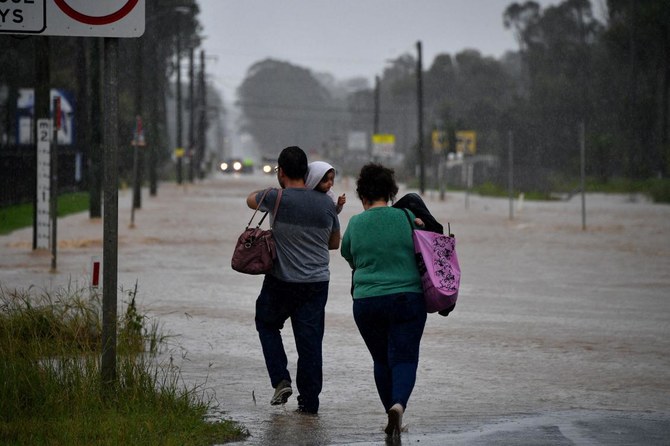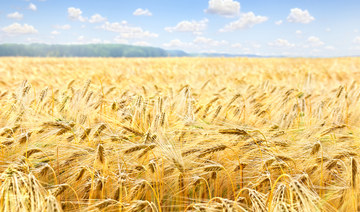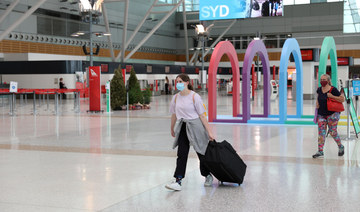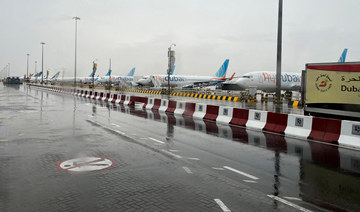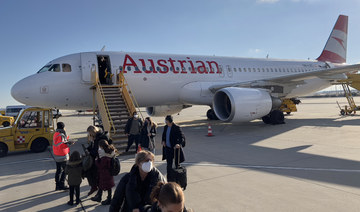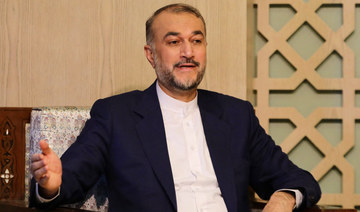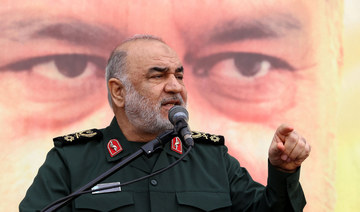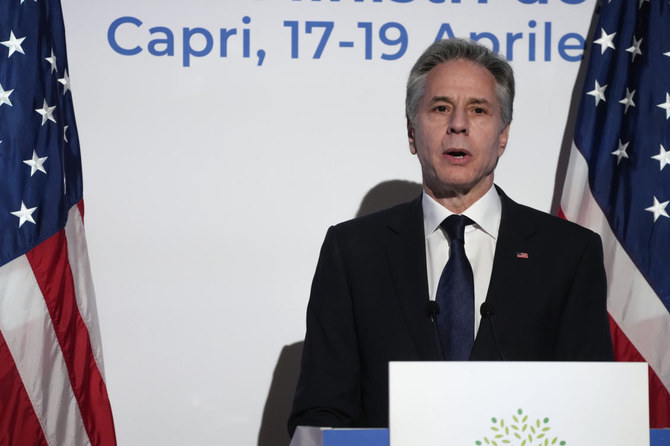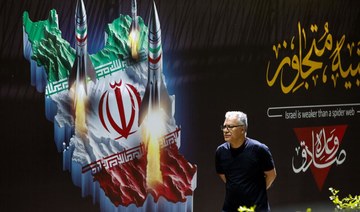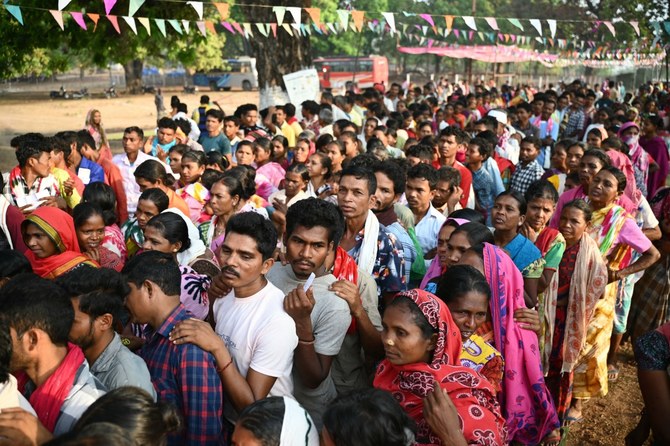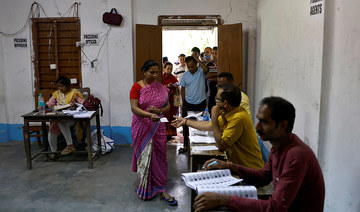SYDNEY: Australian authorities issued fresh flood warnings and evacuation orders on Tuesday as torrential rains again pummelled several parts of the country, sweeping away homes, roads and livestock in the worst downpour in more than half a century.
The national weather agency posted weather warnings in every mainland state or territory but one, affecting around 10 million people in the country of 25 million, across an area the size of Alaska.
“The rain and flood situation does remain dynamic and extremely complex,” Prime Minister Scott Morrison told reporters.
No deaths were reported, but thousands of people have been rescued by emergency services in recent days. Authorities have ordered about 22,000 people to be ready to flee their homes, potentially joining around 18,400 people who have already been evacuated.
Images shared on social media showed bridges washed away, stranded animals and submerged homes in New South Wales, the most populous and worst affected state.
One video showed a container truck ramming into a bridge, causing structural damage, while another showed a car swept off a road by raging floodwaters in neighboring Queensland.
Other photos captured mass swarms of spiders and snakes as the creatures sought to escape the fast-moving flood waters.
In NSW, a fourth straight day of heavy rain was expected to combine with a coastal trough and increase the deluge overnight on Tuesday, even as the main city Sydney saw a reprieve by late afternoon.
Thousands of people who live along the Hawkesbury River, a major waterway about 60km (37 miles) north of Sydney, were told to be ready to evacuate.
Dave Murray, a landscaper from North Richmond, on the Hawkesbury, filmed with a head-mounted camera from his jetski as he rescued his neighbor’s 10 cows by forcing them to swim about 300 meters through floodwater five meters deep.
“I knew they could swim because I’ve done it before, but I didn’t realize they could swim as good as that,” Murray said by telephone.
Emergency workers used inflatable rafts and even some surf boats, usually reserved for beach rescues, to reach stranded locals, Reuters footage showed.
Alicia Pitt was rescued along with her family from their holiday cabin on the Hawkesbury River.
“We’ve got a place on the other side of the river and we just came over to move our van onto high ground and were trapped on the other side of the river, with the landslides, so we’ve been there for a couple of days,” Pitt told Reuters.
Warragamba Dam, Sydney’s main water supply, began overflowing on Saturday and was expected to keep doing so for another week. The summer before, amid drought and bushfires, the same dam fell below half its water catchment, triggering severe water restrictions.
LOGISTICS LAG
Authorities began coordinating with supermarkets to ship groceries to people who could not get to a store, Federal Emergency Management minister David Littleproud said.
Grocery chain Coles Group Ltd. planned to deliver essentials to stores near the Hawkesbury on Tuesday. Rival grocer Woolworths Group Ltd. said it closed several stores due to staff safety concerns and warned of delivery delays as trucks were re-routed to avoid flooded roads.
Coal deliveries to Port of Newcastle, north of Sydney, the world’s biggest coal export port, were halted earlier because flooding shut rail lines.
On Tuesday, the country’s biggest independent coal miner, Whitehaven Coal Ltd, said it was forced to stop shiploading at the port due to structural faults, while weather-related port restrictions were slowing ship movements.
The company said road flooding may also stop staff driving to work and cut its forecast coal sales to a range of 18.5 million to 19 million tons, from a range of 19 million to 20 million previously.



